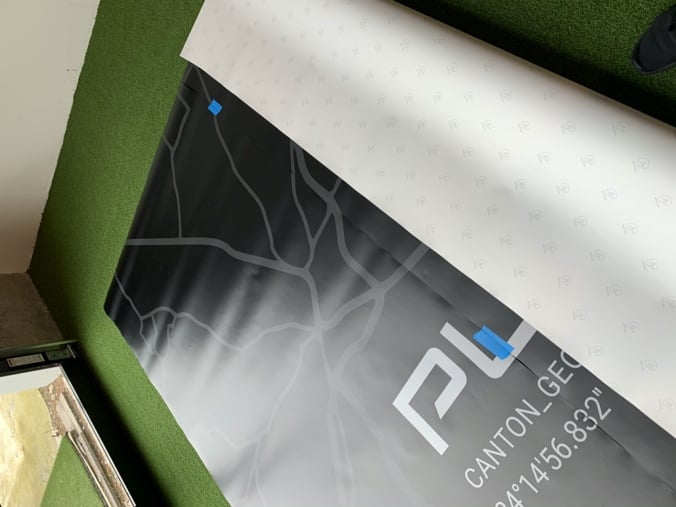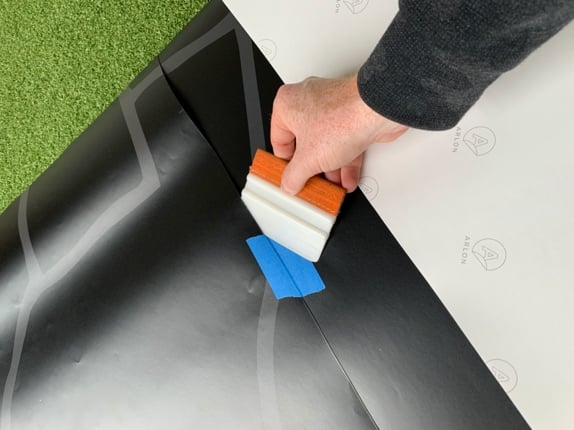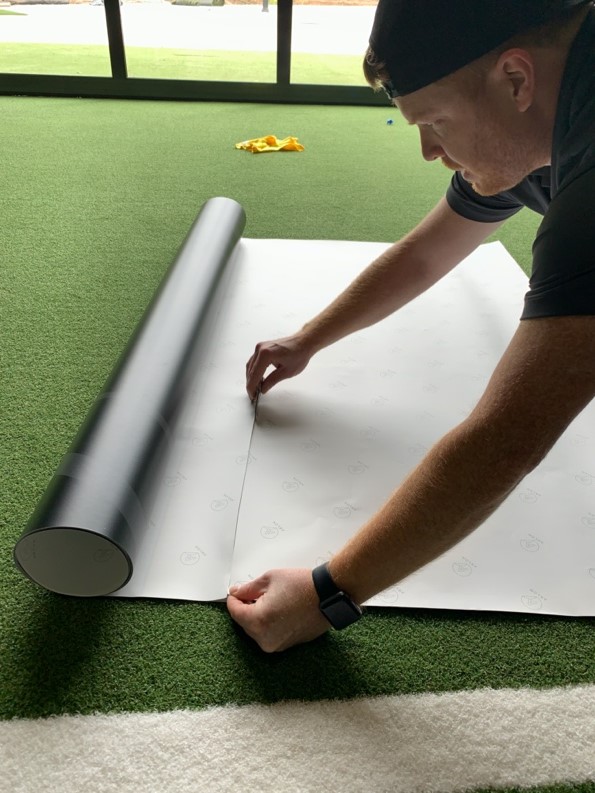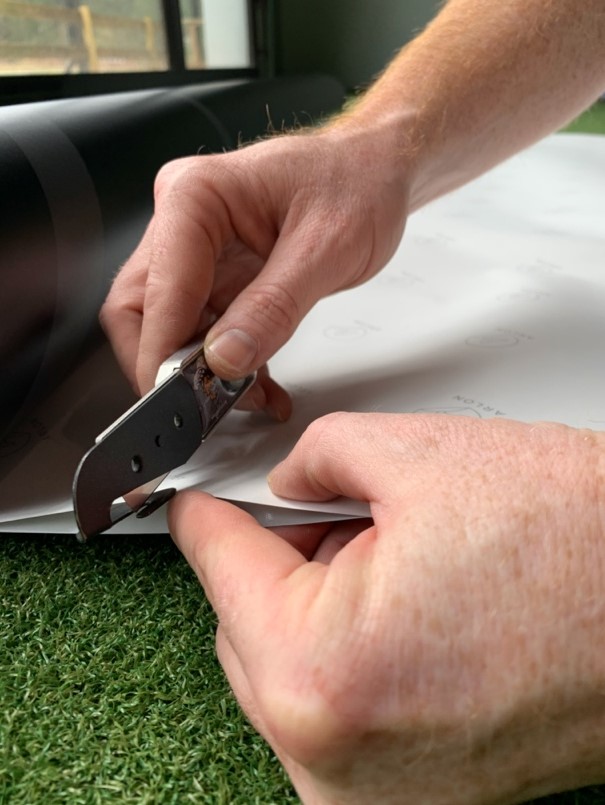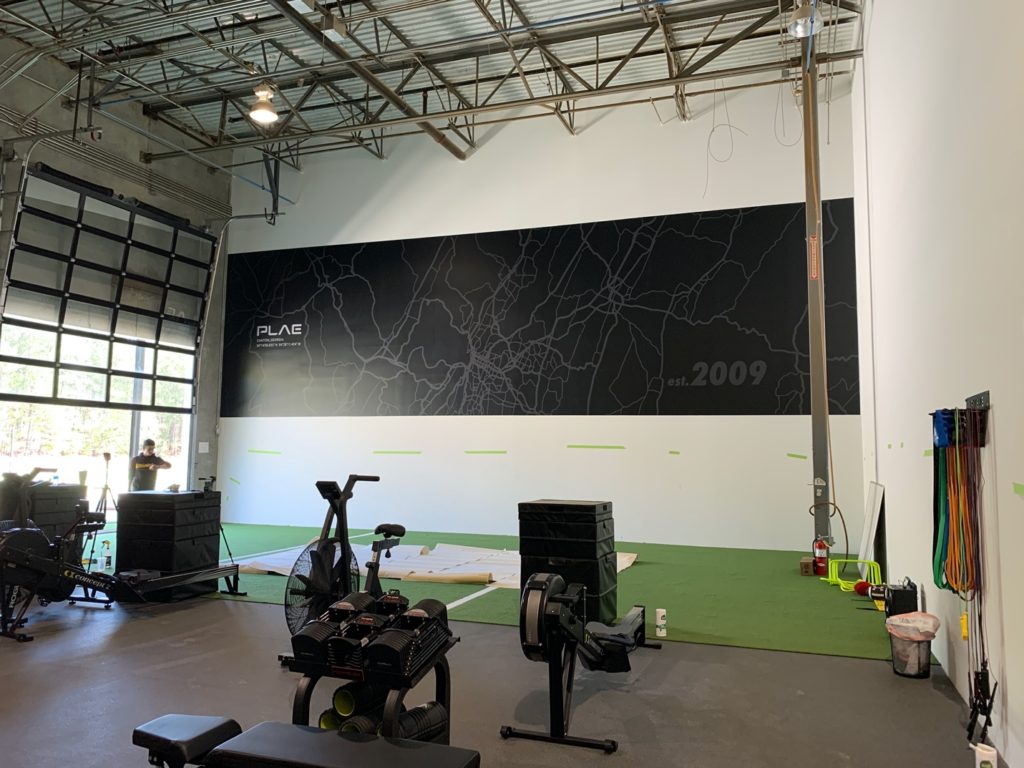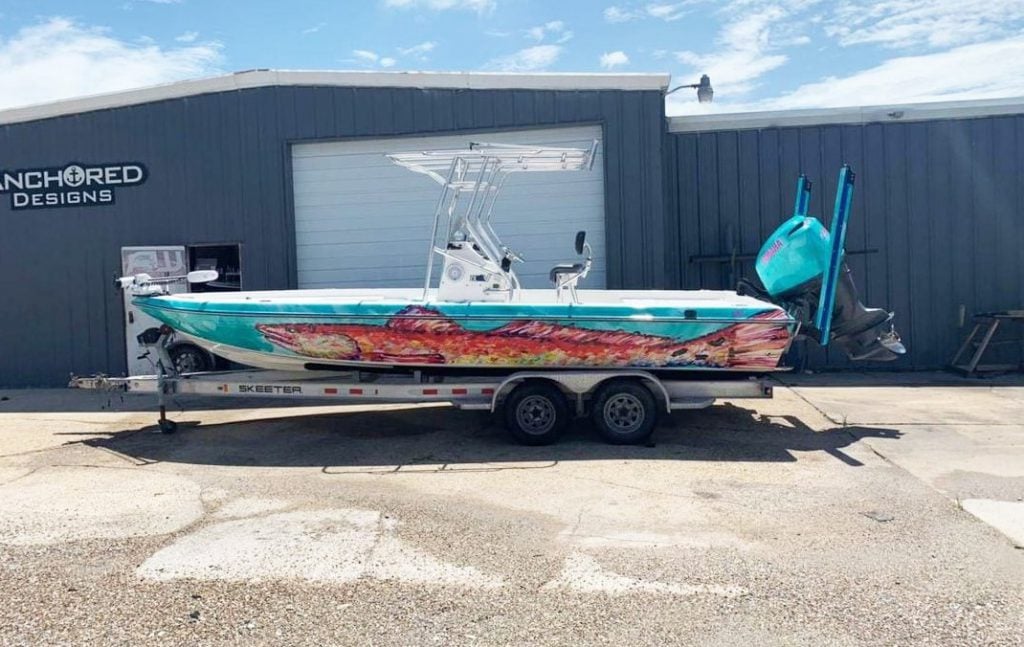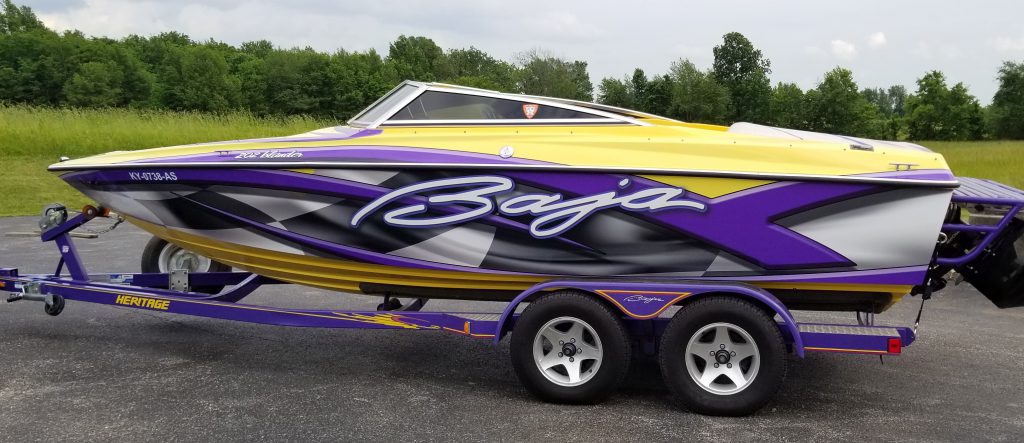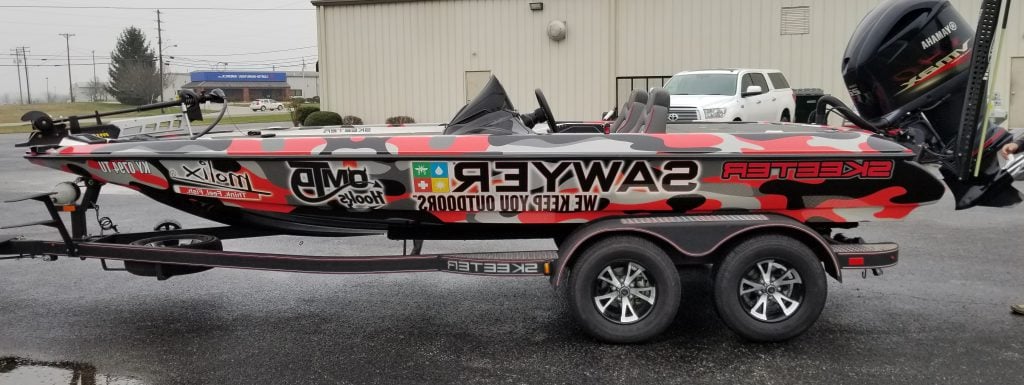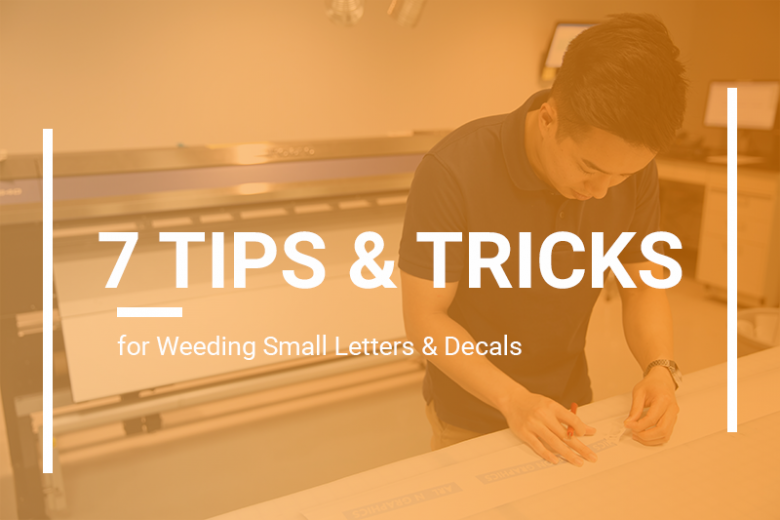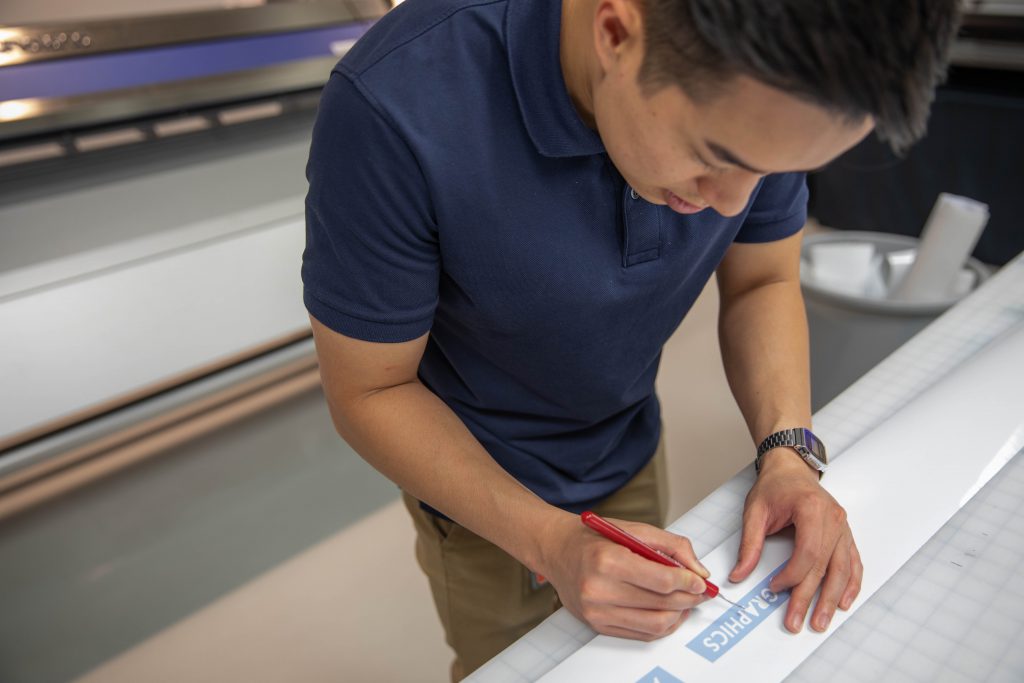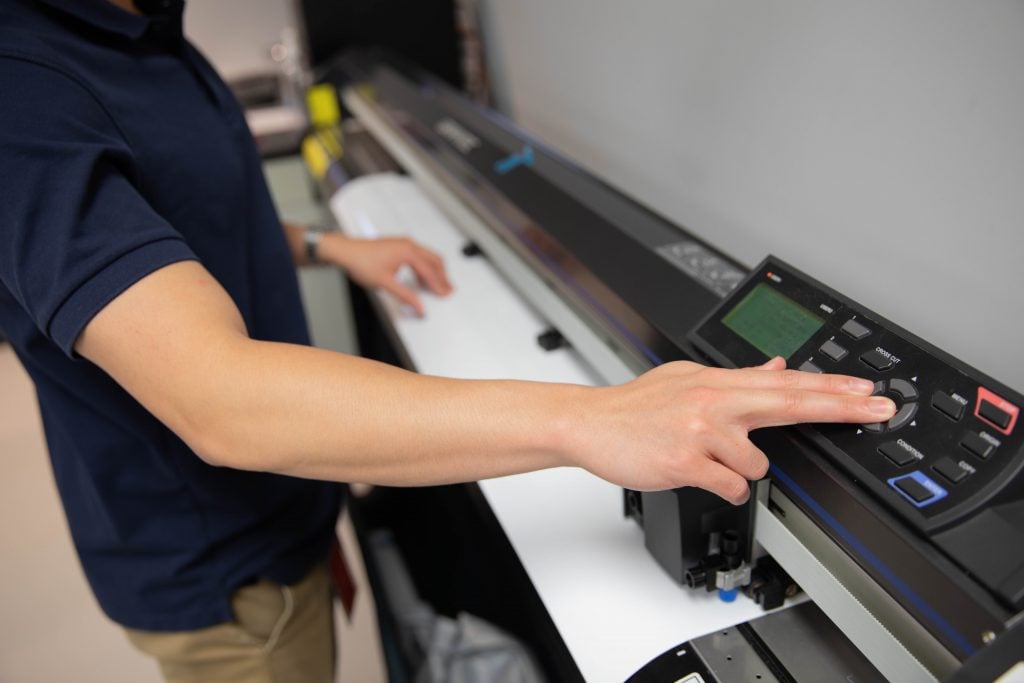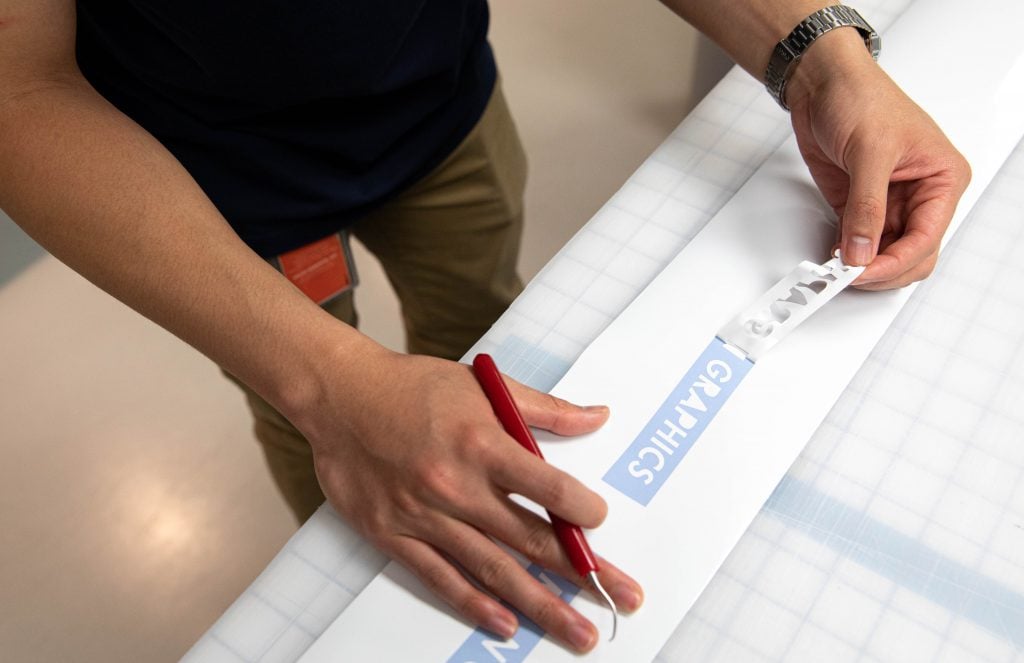Before there was the question of which vinyl film to use on a vehicle wrap, paint was the only media of choice. Fast-forward 70 years, factor in massive technological advances in adhesives and liners, we have today’s vehicle wrap films. With new technologies come new questions, such as do I need to use a Cast or Calendered product? And does a Cast film have the same service life as a Calendered film? If you ask yourself these questions before starting your vehicle wrap, you’re in the right place. We’re going to be answering these questions and more.
Vehicle Wrap Durability
Durability is the main driving factor when selecting a vehicle wrap film. Calendered film is designed with a short to mid-term range of durability (0-5 years); the film can also shrink up to 1/4”. Calendered film is an excellent option for short-term lettering, spot decals, or partial wraps. Full vehicle wraps require strategic paneling and seaming (piecing together) of the film over complex curves and bumpers.
Cast films are manufactured for long term use (5-11 years); when compared to Calendered, this vinyl will have immeasurable shrinkage. For long-term, full, seamless vehicle wraps, or long-term lettering, decals, and partial wraps Cast vinyl is a must.
How can you maintain the durability of a Cast or Calendered Film? When using an overlaminate, be sure to choose one of equal or better quality than the base film. Using a lower quality laminate will dramatically shorten the durability of the high-quality base film.
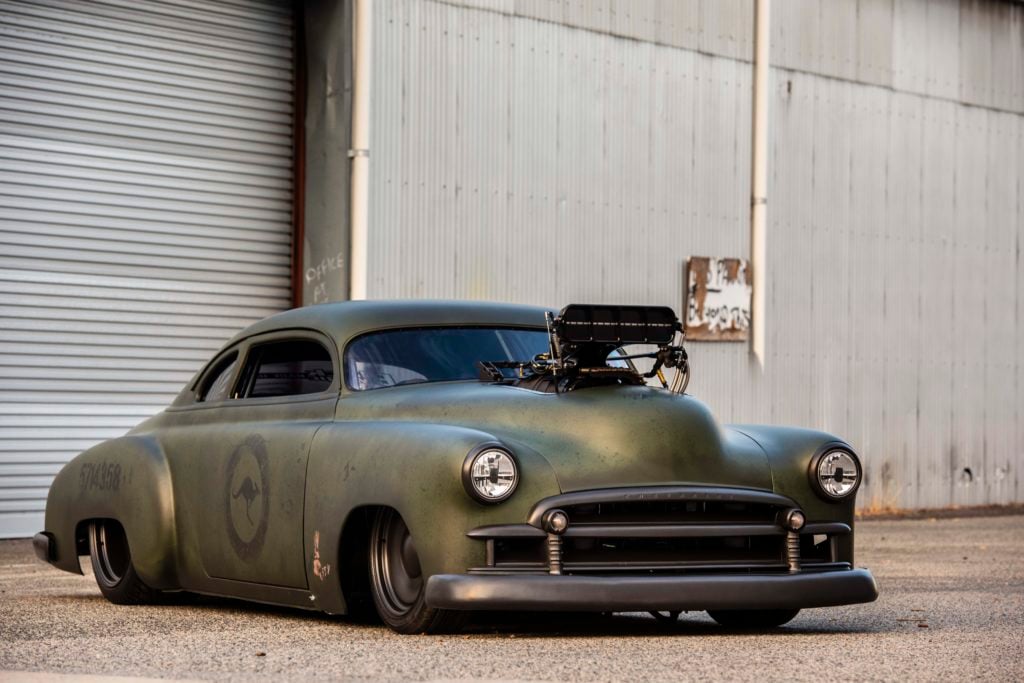
Cost Factor
Price can be the determining factor between bidding on or winning a job. When cost-driven opportunities are presented, and it’s short term, a Calendered film could be your vinyl of choice. If you select a Cast film over a Calendered for your vehicle wrap project, don’t be deterred by the cost. For the added durability, the increase is insignificant in mid to long term applications. The difference in price can also balance out in a few years when it is time for removal. Yes, removal.
Removal
Time is valuable, and using your time to remove a difficult vehicle wrap can be less than ideal. Why is the removal of Calendered film different than Cast? Calendered film can remove poorly due to the loss of essential polymers and plasticizers that give the film its durability. Also known as rot. Once this happens, the film is prone to come off in tiny pieces, leaving adhesive.
Choosing the right vehicle wrap film can make all the difference in the long-term profitability and workflow of your business. Customers change, but the one thing that usually stays the same is the type of vehicle graphics. You now have the information you need to make an informed decision when selecting and purchasing a vehicle wrap film.



